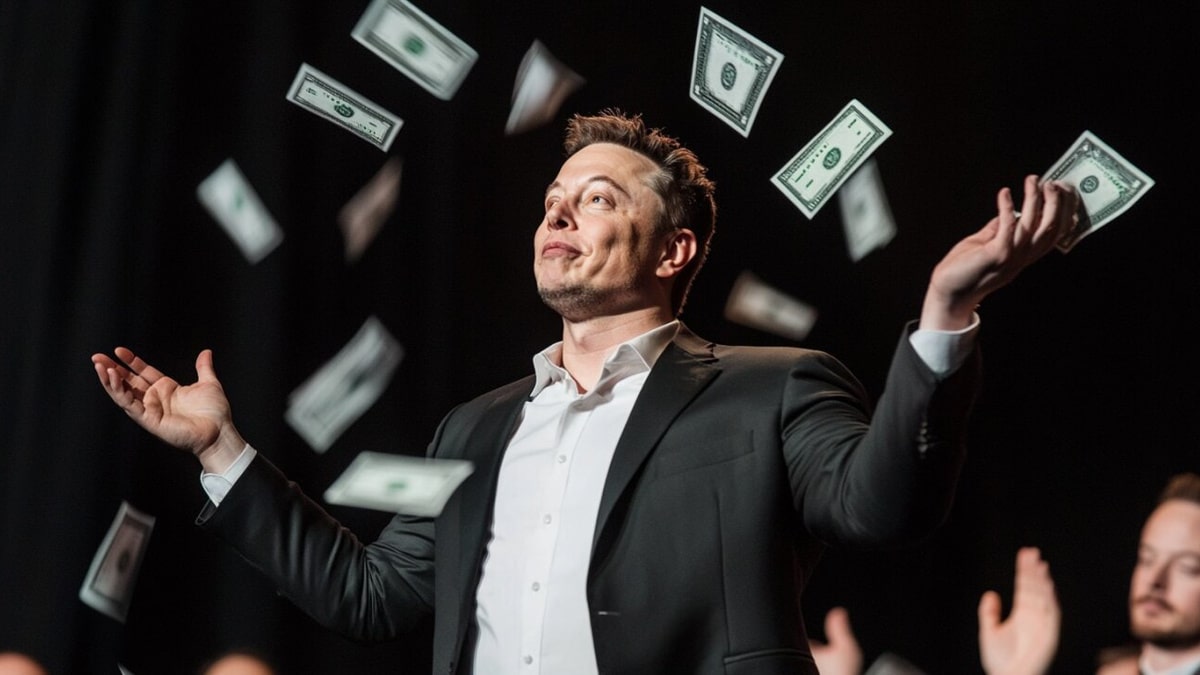Ambitious pay is meeting equally ambitious demands as Tesla recruits human “motion models” to help teach its humanoid robot, Optimus. The roles promise over €6,000 a month, but they also require hours of walking, meticulous repetition, and strict physical fit.
A fast track to humanoid progress
Tesla’s push into robotics is accelerating, and these roles sit at the center of that effort. Candidates will don VR headsets and motion-sensor suits to demonstrate the everyday movements Optimus must eventually master. The goal is to transform nuanced human kinetics into data the robot can learn from.
This approach reflects a broader vision to make robots truly useful, not just exciting prototypes. By capturing human motion at scale, Tesla aims to compress years of training into months of applied practice.
Strict requirements, serious pay
The headline is the salary—over €6,000 per month—but the bar is set high. Tesla specifies a narrow height range, between roughly 1.70 m and 1.80 m, to keep captured motion aligned with Optimus’s proportions. It’s not about exclusion; it’s about biomechanical matching that speeds model training and reduces noise.
Flexibility is essential, with shifts that may include nights, weekends, and regular overtime. For candidates seeking a premium wage and a front-row seat to cutting-edge automation, the trade-off is clear.
The physical reality of the job
Expect long bouts of walking, interspersed with squats, bends, lifts, and controlled rotations. The capture suit and sensor rig are not feather-light, so core strength and stamina are critical. The repetition is deliberate—consistent motion makes for cleaner, more usable data.
VR is part of the daily routine, and it isn’t always comfortable. “It is important to note that using VR headsets or working in a virtual environment can be disorienting and uncomfortable for some, causing symptoms of virtual reality sickness,” Tesla notes. Candidates should be ready to manage motion-related fatigue and situational nausea.
Tools that teach a robot to move
The setup pairs a VR headset with full-body motion capture sensors, translating human actions into labeled datasets. Those sequences guide Optimus through grasping, gait control, and multi-joint coordination, including transitions like standing to kneeling to lifting.
Height constraints help ensure a closer one-to-one mapping between human limb lengths and the robot’s kinematics. The result is faster learning, fewer corrections, and cleaner movement curves for balance and manipulation. In short, these human performers become living, breathing interfaces for robot training.
What Tesla is asking—and offering
- Over €6,000 per month in compensation, with potential overtime earnings
- Willingness to walk up to 8 hours per day in a sensor-equipped suit
- Comfortable using VR and tolerating possible motion-related discomfort
- Height within approximately 1.70 m–1.80 m for biomechanical alignment
- Availability for nights, weekends, and schedule shifts
- Capacity to repeat precise motions under varying loads and speeds
A broader bet on useful robots
Optimus has been showcased as a versatile, multi-purpose assistant, estimated around €22,000 per unit in early briefings. Demonstrations highlight mobility and object manipulation, the baseline for household and factory tasks. Early units are already reported in operation at Tesla’s Fremont facility, signaling a steady march from demo to real-world deployment.
The stakes are significant: a reliable humanoid could take on repetitive, fatiguing work, while raising fresh questions about labor, safety, and ethics. Tesla’s answer is to put humans at the heart of the training loop—so the robot learns to move like we do, not just how algorithms think it should.
Who will thrive in this role
This is a job for disciplined performers, not just fitness fans. The ideal candidate follows instructions to the letter, maintains consistent form, and communicates clearly with engineers. Attention to detail is everything—small motion errors can ripple through a robot’s learned behavior.
It is also a role for those who want tangible progress, fast. You’ll see data collected today reflected in Optimus’s gait or grip tomorrow, connecting your physical effort to the robot’s visible improvement.
A bold path, paved one step at a time
Tesla is betting that carefully captured human motion will give Optimus a decisive edge. The pay matches the effort, but so do the demands. If you can walk the walk—hour after hour, day after day—you might help build the most practical humanoid of the next decade.


€6,000 for robots? Why not pay humans this well for 8-hour grinds?
Because robots don’t complain, demand breaks, or call in sick—welcome to reality, buddy.
€6,000 for 8 hours? Sounds like Musk’s just exploiting desperate robot dreamers, lol.
Maybe, but desperate or not, innovation doesn’t come cheap. Dreamers pay the price.
Every job working for someone else or a company is exploitative. Look up the definition of capitalism, it is an economic system based on expoitong others for profit. Saying Musk is expoitong is like saying the sun rises in the east: good eye captain obvious. And what does “robot dreamer” mean? Are you implying robots are a fantasy that will never be part of everyday domestic human life? If you believe that, I’ve got a bridge for sale you might be interested in.
Where do I apply?